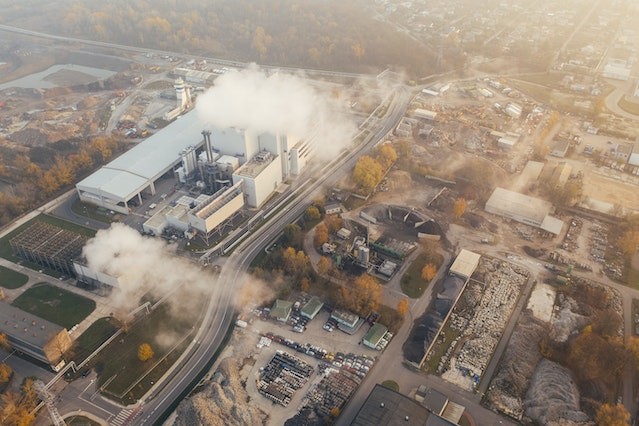
Exposure to Air Pollution Contributes to Bone Damage in Postmenopausal Women With Osteoporosis
Air pollution could also affect the bones. According to a new study, nitrogen oxides contribute the most damage to postmenopausal women with osteoporosis.
Air Pollution Exposure Linked To Bone Damage
A team of experts in environmental health led by Dr. Diddier Prada of Columbia University in New York, NY, discovered that women's bone mineral density reduced over the course of five years as a result of exposure to nitrogen oxides as evaluated by dual-energy x-ray absorptiometry (DEXA), AuntMinnie.com reported.
According to Prada and colleagues, reducing air pollution exposure, especially nitrogen oxides, will lessen bone deterioration in postmenopausal women, avoid bone fractures, and lessen the financial burden of osteoporosis.
The study noted that postmenopausal women are particularly affected by osteoporosis, which is known to be influenced by environmental exposures. The assessment of the effects of air pollutants and their mixtures on bone mineral density in postmenopausal women is deemed an urgent priority by the researchers because prior epidemiological studies on individual pollutants have suggested negative effects on bone mineral density, osteoporosis risk, and fractures in older people. However, they pointed out that no research has been done especially on postmenopausal women.
Nitrogen Oxides Contributes Most Damage To Bones
In order to conduct the study, Prada's team acquired information on long-term air pollution and bone mineral density for 9,041 osteoporotic women who had taken part in a nationwide health screening program between October 1993 and December 1998. They looked at relationships between the women's exposure to air pollutants, specifically PM10, nitric oxide (NO), nitrogen dioxide (NO2), and sulfur dioxide (SO2), on average over one, three, and five years, and their bone mineral density.
When fuel is consumed at high temperatures by cars, trucks, and other road and off-road vehicles, noxious, highly reactive gases like nitrogen oxides and SO2 are produced.
According to the study, DEXA whole-body, total hip, femoral neck, and lumbar spine bone mineral density values were adversely correlated with mean PM10, NO, NO2, and SO2 averaged across one, three, and five years. More specifically, for all times, NO2 and NO showed the strongest connections. For instance, the researchers found that for every 10% increase in the three-year mean NO2 concentrations, the lumbar spine's bone mineral density fell by 0.026 grams/cm2/year.
The study demonstrated for the first time that nitrogen oxides from air pollution mixtures contribute the most to bone injury and that the lumbar spine is one of the most sensitive areas.
Another study conducted by Prada's group in 2017 discovered evidence linking air pollution exposure to hospitalization for bone fractures. Although correlations between air pollution and fractures were not examined in the current investigation, the scientists stated that these studies are in progress.
The group concluded that the recent study highlighted nitrogen oxide exposure as the leading contributor to bone loss in postmenopausal women.
The study was published in eClinicalMedicine on Feb. 15.
RELATED ARTICLE: 'Drug Factory' Implants May Help Prevent Advanced Cancers New Study in Mice Reveals
Check out more news and information on Air Pollution in Science Times.














